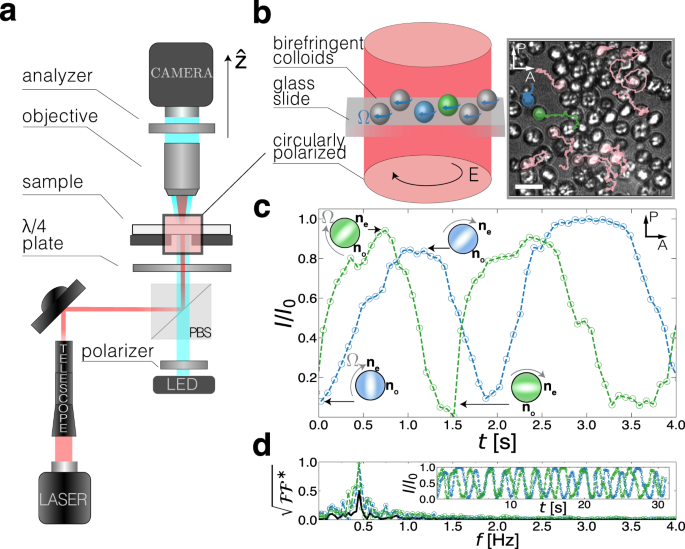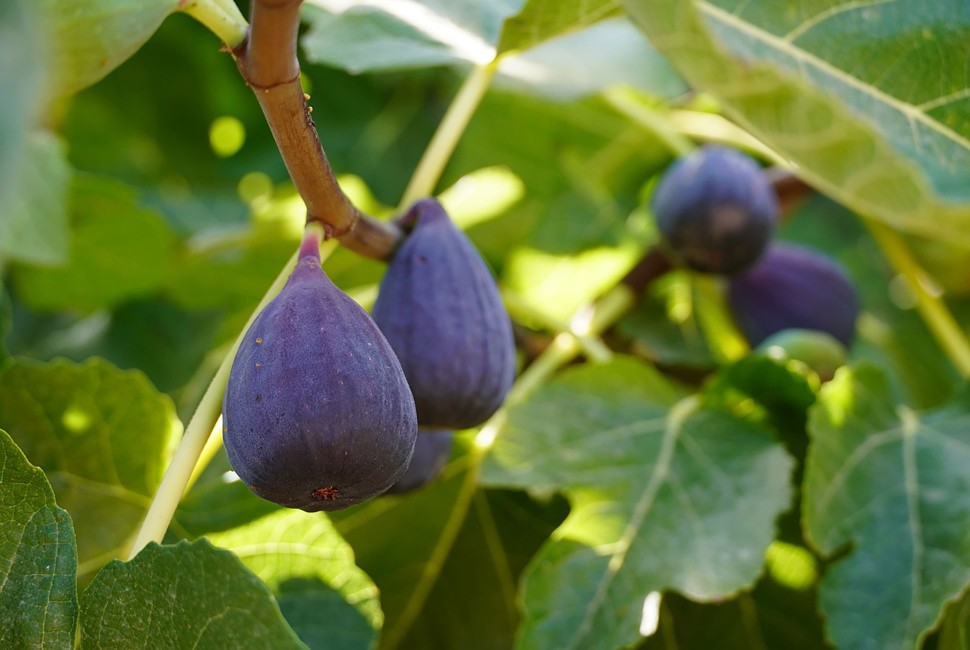2023-07-13 ニューヨーク大学 (NYU)
◆研究は、微小な粒子が回転しながら軌道運動することで生じる複雑な相互作用を探求しました。さらに、人工のマイクロローターが生物のダンスと似たような動きを再現できることが示されました。これにより、生命現象の理解が深まる可能性が示唆されました。
<関連情報>
- https://www.nyu.edu/about/news-publications/news/2023/july/analogous-to-algae–scientists-move-toward-engineering-living-ma.html
- https://www.nature.com/articles/s41467-023-39582-3
非同期光学駆動マイクロローターにおける流体力学的スピン軌道相互作用 Hydrodynamic spin-orbit coupling in asynchronous optically driven micro-rotors
Alvin Modin,Matan Yah Ben Zion & Paul M. Chaikin
Nature Communications Published:11 July 2023
DO:Ihttps://doi.org/10.1038/s41467-023-39582-3

Abstract
Vortical flows of rotating particles describe interactions ranging from molecular machines to atmospheric dynamics. Yet to date, direct observation of the hydrodynamic coupling between artificial micro-rotors has been restricted by the details of the chosen drive, either through synchronization (using external magnetic fields) or confinement (using optical tweezers). Here we present a new active system that illuminates the interplay of rotation and translation in free rotors. We develop a non-tweezing circularly polarized beam that simultaneously rotates hundreds of silica-coated birefringent colloids. The particles rotate asynchronously in the optical torque field while freely diffusing in the plane. We observe that neighboring particles orbit each other with an angular velocity that depends on their spins. We derive an analytical model in the Stokes limit for pairs of spheres that quantitatively explains the observed dynamics. We then find that the geometrical nature of the low Reynolds fluid flow results in a universal hydrodynamic spin-orbit coupling. Our findings are of significance for the understanding and development of far-from-equilibrium materials.


